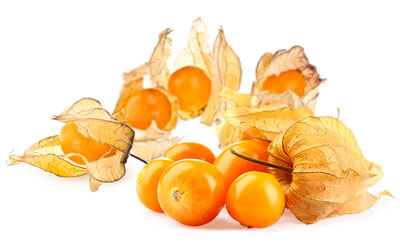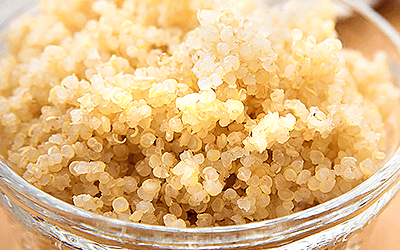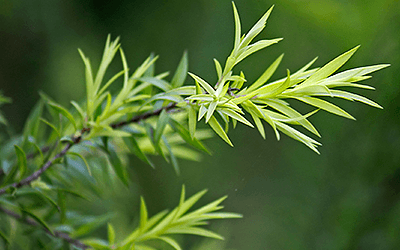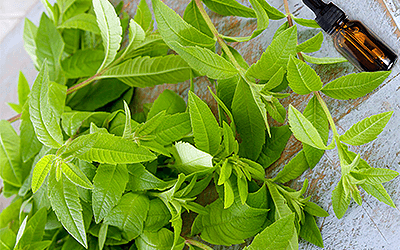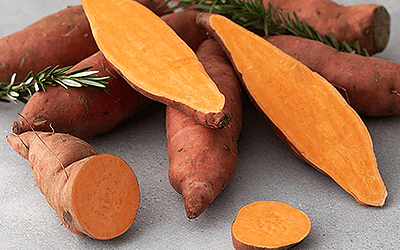Goldenberry, also known as Inca berry or Peruvian groundcherry, is not only flavorful and packed with beta-carotene, a precursor of vitamin A, but it also has been traditionally used by the Indigenous people of South America for treating diabetes. The hypoglycemic action of this exotic fruit has been attributed to its high amount of polyphenols1, but this promising study has discovered three goldenberry compounds that play a major role in glucose metabolism.
The Study
The in vitro study, published in the scientific journal Carbohydrate Research, was conducted in Colombia by a team led by Carlos Alberto Bernal Rodríguez Ph.D, who works as a professor and researcher at the Faculty of Pharmaceutical Sciences of the University of Cartagena.
Alpha-amylase is an enzyme present in the saliva of humans and some other mammals, and it is crucial for sugar metabolism because it helps break down starches, which are later transformed into glucose. An extract obtained from the sticky substance that covers goldenberries was isolated and exposed to alpha-amylase in order to identify the compounds responsible for their hypoglycemic activity.
The Results
As a result of the in vitro analysis, three new compounds have been identified. They are sucrose esters, which have the ability to bind both water and oil simultaneously, and have been named named peruvioses C, D, and E. These substances work along with the already known peruvioses A, B, and F, and have been proven to be responsible for the hypoglycemic effect of goldenberries' extract.
Peruvioses D and B showed the highest activity, with an inhibitory effect of 84.8% on the alpha-amylase enzyme.
What Does this Mean?
By inhibiting the enzymatic reaction of alpha-amylase, the peruviose compounds have been shown to delay the metabolism of sugars, slowing down glucose production and preventing blood sugar spikes. This is the first study to establish the potential of sucrose esters as alpha-amylase inhibitors and to explain the hypoglycemic effect that has traditionally been attributed to the Incan berries.
Other herbs that help control blood glucose levels include cinnamon, yacon, taro, and stevia.
Sources
- Carbohydrate Research, Peruvioses A to F, sucrose esters from the exudate of Physalis peruviana fruit as α-amylase inhibitors, 2018
Footnotes:
Journal of Food Science and Technology. (2015). Physical and chemical characteristics of goldenberry fruit (Physalis peruviana L.). Retrieved July 11, 2023, from: https://www.ncbi.nlm.nih.gov/pmc/articles/PMC4375240/



